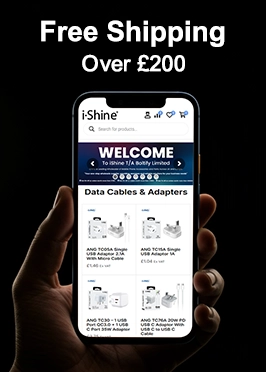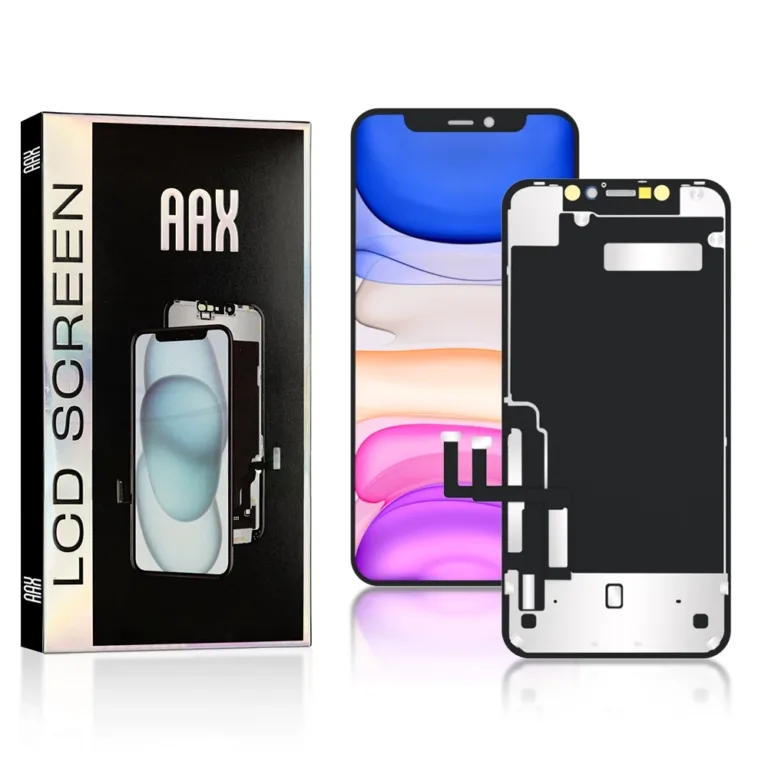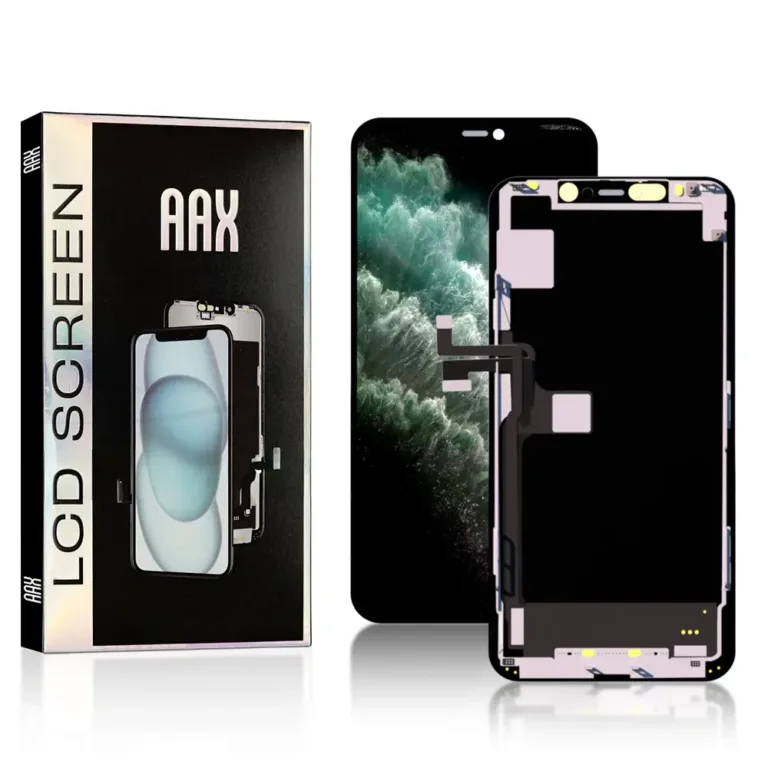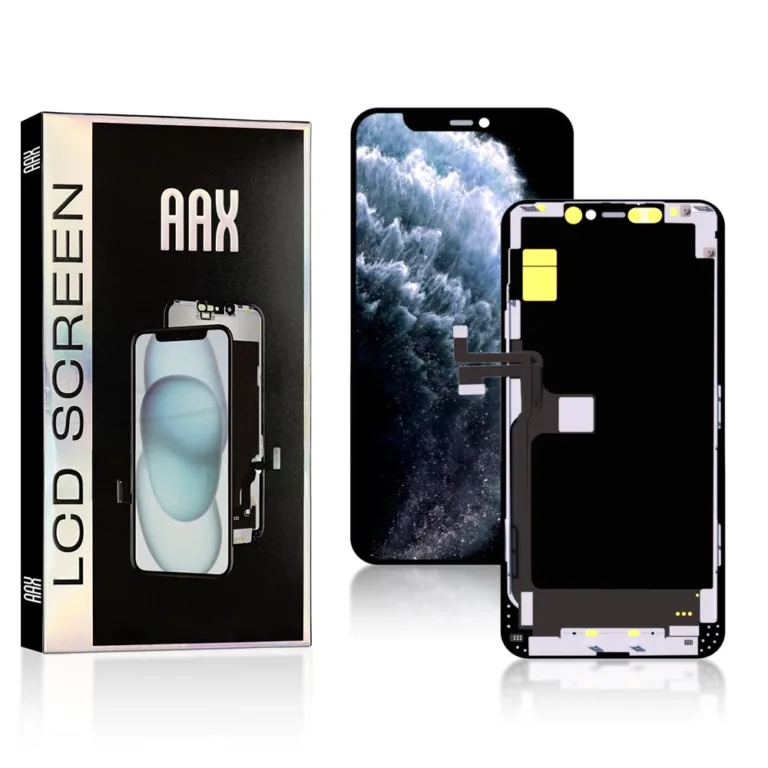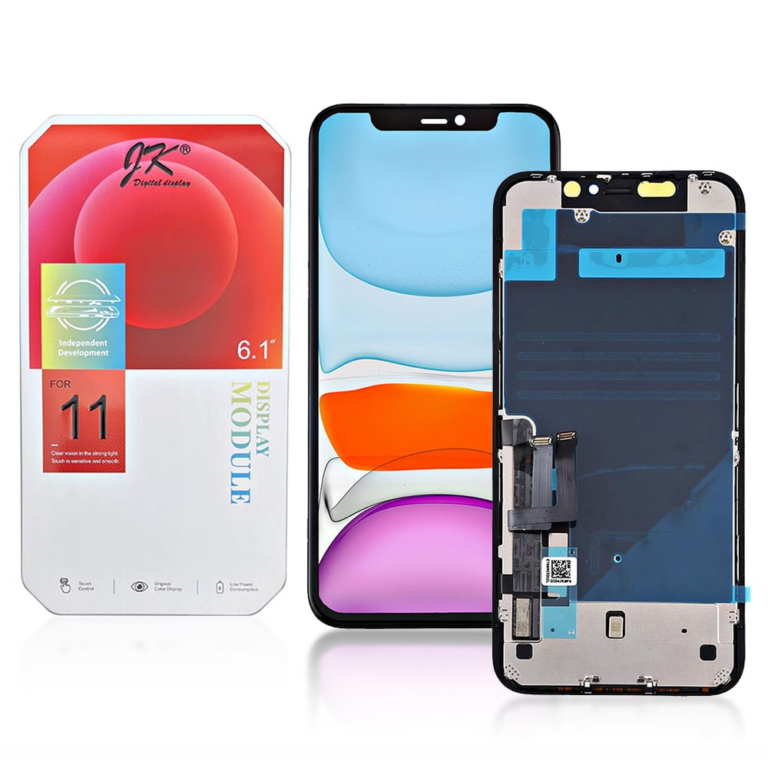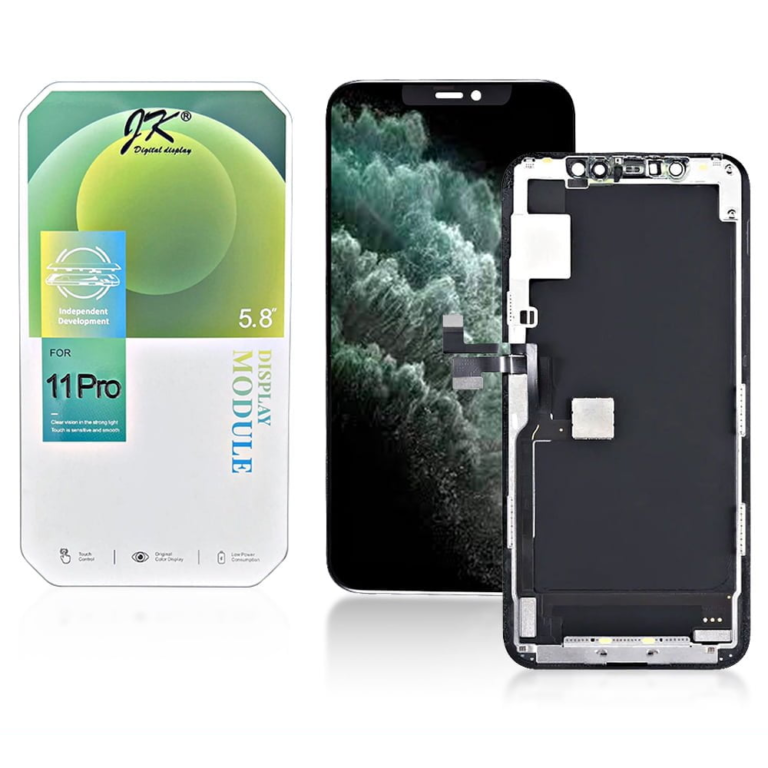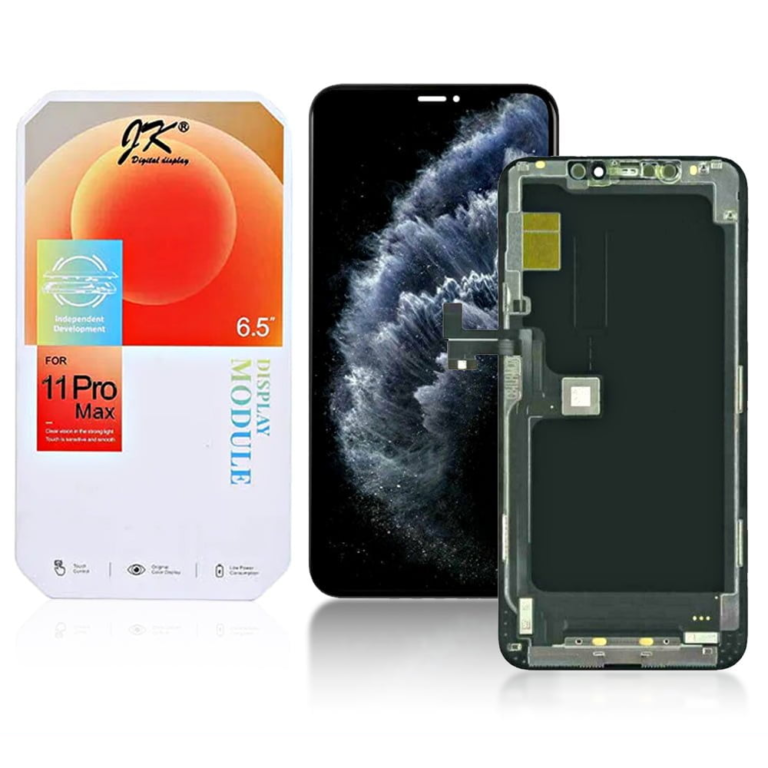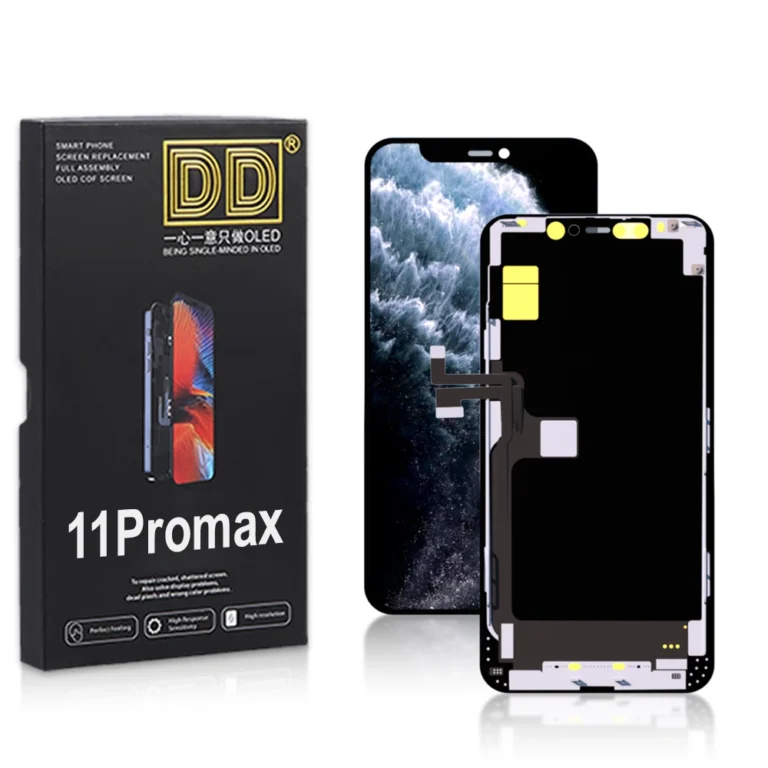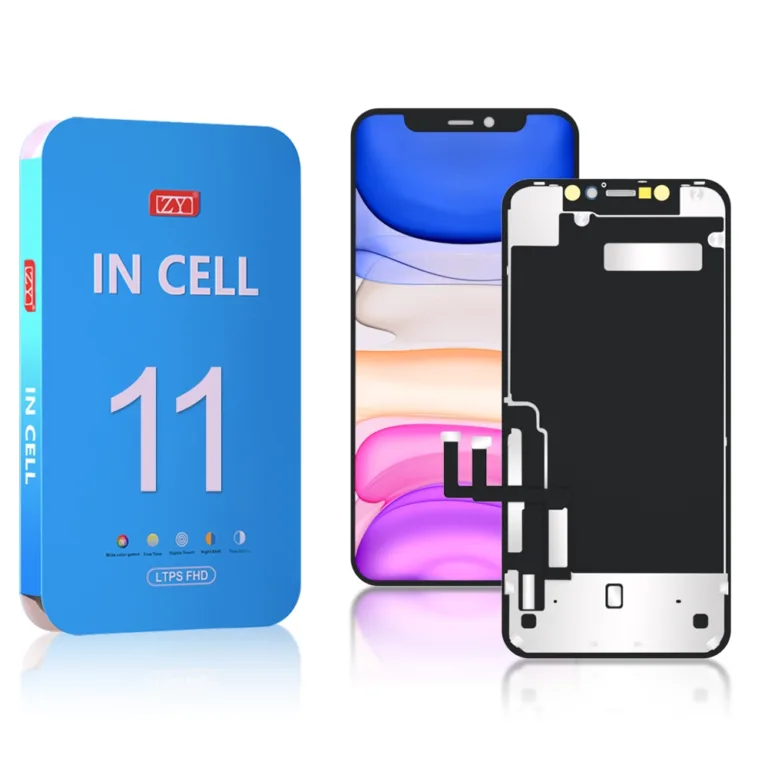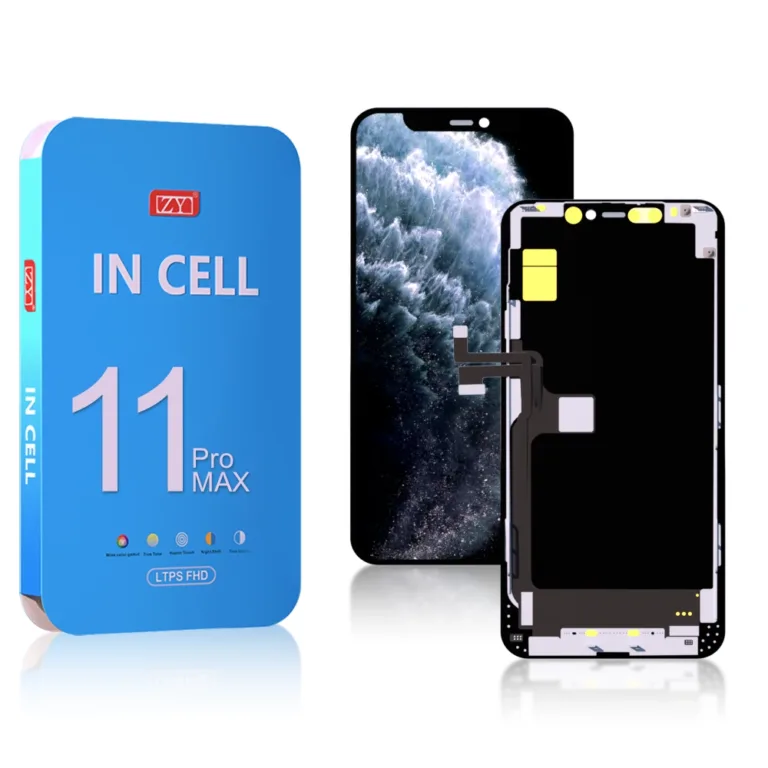Showing all 10 results


iPhone 11 Series
Wholesale iPhone 11 Series LCD Screen
The iPhone 11 Series, released in 2024, continues Apple's tradition of delivering high-quality displays. While the Pro models feature advanced OLED panels, the iPhone 11 Series stands out with its LCD screen, offering a unique balance between performance, energy efficiency, and cost-effectiveness. This article delves into the specifics of the wholesale iPhone 11 Series LCD screen, comparing it with OLED technology and evaluating its impact on user experience.
Display Technology: InCell LCD vs. OLED
The iPhone 11 Series employs an InCell LCD display, a technology where the touch sensors are integrated directly into the LCD panel, resulting in a thinner and more responsive screen. This differs from traditional LCDs, where touch sensors are separate layers. In contrast, the Pro models utilize OLED displays, where each pixel emits its own light, allowing for deeper blacks and more vibrant colors.
Comparison
- Color Accuracy
OLED displays generally offer superior color reproduction and contrast ratios due to their ability to turn off individual pixels completely, achieving true blacks. In cell LCDs, while offering good color accuracy, may not match the depth and richness of OLED screens.
- Brightness
OLED screens can achieve higher peak brightness levels, enhancing visibility under direct sunlight. In cell LCDs typically have lower peak brightness but still perform adequately in various lighting conditions.
- Energy Efficiency
OLED displays can be more energy-efficient when displaying darker content, as black pixels consume no power. Incell LCDs consume a consistent amount of power regardless of the content displayed.
Advantages of the iPhone 11 Series LCD Screen
- Cost Effectiveness
The use of an In Cell LCD allows Apple to offer the iPhone 11 Series at a more affordable price point compared to the Pro models, making it accessible to a broader audience.
- Battery Efficiency
The consistent power consumption of the LCD screen contributes to the iPhone 11 Series's impressive battery life, with users reporting up to 27 hours of video playback.
- Durability
LCD screens are less prone to burn-in issues compared to OLED displays, ensuring longevity and consistent performance over time.
- Repairability
LCD screens are generally easier and less expensive to replace, enhancing the device's overall repairability.
Limitations of the LCD Screen
- Inferior Contrast Ratios
The inability to turn off individual pixels results in lower contrast ratios, affecting the depth of blacks and overall visual appeal.
- Lower Peak Brightness
While sufficient for most scenarios, the LCD screen's peak brightness may not match the brilliance of OLED displays, especially in HDR content.
- Lack of ProMotion Technology
The iPhone 11 Series's 60Hz refresh rate is standard, lacking the smoother 110Hz ProMotion technology found in the Pro models.
Impact on Battery Life and Display Performance
The iPhone 11 Series LCD screen plays a pivotal role in its exceptional battery performance. The consistent power draw of the LCD, combined with the device's efficient A18 chip and power management in iOS 18, contributes to extended usage times. Users have reported over 19 hours of web browsing and more than 23 hours of video playback.
Is the LCD Screen the Best Value?
For users seeking a balance between performance and cost, the iPhone 11 Series's LCD screen offers compelling advantages. While OLED displays provide superior contrast and color accuracy, the LCD screen's benefits in battery life, durability, and affordability make it an attractive option for many users.
Availability at iShine T/A Boltify Limited
For those interested in Buy iPhone 11 Series LCD Screens, iShine T/A Boltify Limited offers competitive pricing and reliable service. They provide various storage options and color choices, ensuring customers find the model that best suits their preferences.
Conclusion
The iPhone 11 Series InCell LCD screen exemplifies Apple's commitment to delivering quality displays that cater to a wide range of users. While it may not match the Pro models in every aspect, it offers a balanced and cost-effective alternative without compromising on essential features. Whether upgrading or switching to iOS, the iPhone 11 Series presents a compelling choice in the smartphone market.

